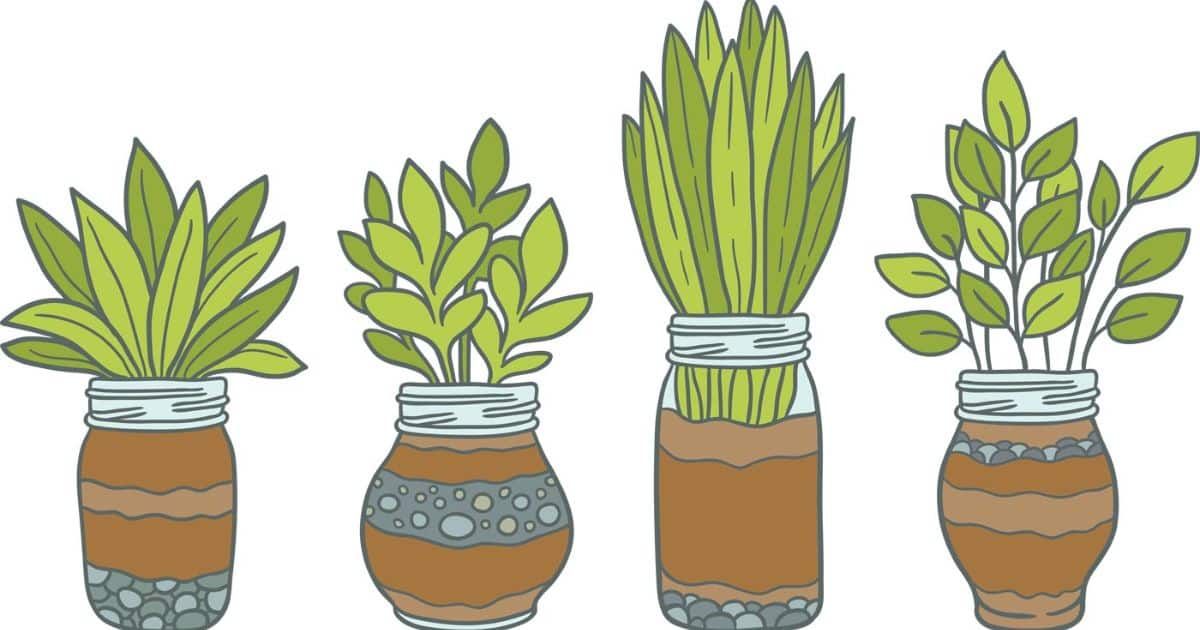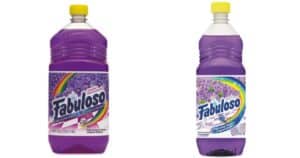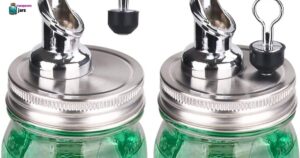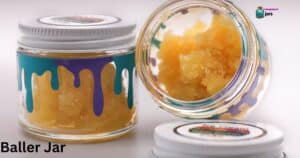To draw a mason jar, start with a simple, elongated oval for the jar’s body. Add a curved line for the lid’s top. Draw a band just below the lid. Then, create a rectangle for the label area. Add vertical lines to give the jar its shape, and finish with a circle for the cap. You’ve drawn a mason jar.
Drawing a mason jar is simple. Start with a straight, vertical line. Add a curved shape for the bottom. Draw the jar’s top with another curve. Make the lid with a small circle. Sketch the jar’s label and lines. Erase any extra lines. Finally, color as you like.
To draw a mason jar, start with a vertical rectangle for the glass. Add a curved lid on top. Draw a horizontal line near the bottom for the label. Sketch the screw cap and rim. Add details like the lid’s handle and some liquid inside. Use shading for a realistic look.
| Step | Description |
| 1 | Draw a vertical rectangle for the glass. |
| 2 | Add a curved lid on top. |
| 3 | Draw a horizontal line near the bottom for the label. |
| 4 | Sketch the screw cap and rim. |
| 5 | Add details like the lid’s handle. |
| 6 | Draw some liquid inside the jar. |
| 7 | Use shading for a realistic appearance. |
Basic Mason Jar Shape
When drawing the basic Mason jar shape, begin with a simple outline. First, sketch the jar’s curved sides. Then, add a circular top and a flat bottom. Remember, the jar narrows slightly at the neck. Keep your lines smooth and clean to create a realistic shape.
Starting with the Outline
Starting with the outline is the first step in drawing a mason jar. Begin by sketching the jar’s basic shape using simple lines. Draw an elongated oval for the body and a narrower rectangle for the neck. This initial outline serves as the foundation for your detailed mason jar drawing.
Drawing the Top and Bottom
When drawing the top and bottom of a Mason jar, start by sketching the curved shapes. Mason Jars Heat up when they are used for canning or preserving food. The top is a circular shape with a smaller, centered circle for the lid. The bottom consists of another curved line to complete the jar’s form. Keep lines smooth and even for a realistic look.
Adding the Neck
When drawing a mason jar, adding the neck is simple. Begin by extending a straight line from the top of the jar outline, making it slightly narrower. Connect it smoothly to the lid or cap. The neck is usually narrow and cylindrical, so keep the lines straight for a clean look.
Mason Jar Variations
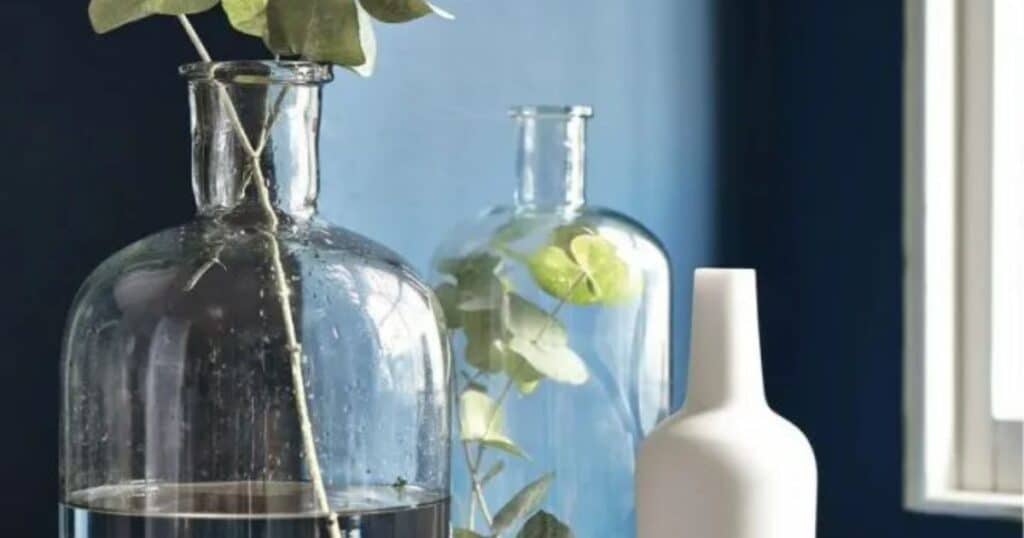
Mason jar variations offer diverse options. You can draw different sizes, like tiny jars for spices or huge ones for beverages. Vintage styles have unique charm, with embossed patterns and aged lids. Custom designs, like painted jars or etched glass, add a personal touch to your drawings.
Drawing Different Jar Sizes
When you’re drawing mason jars, it’s important to practice different jar sizes. Start with small ones, then try larger ones. This helps you grasp the proportions and perspective. Experimenting with varied sizes will enhance your drawing skills and make your mason jar art more diverse and appealing.
Vintage Mason Jar Styles
Vintage Mason jar styles bring a touch of nostalgia to your decorated. These charming jars, with their unique designs and intricate embossing, exude rustic appeal. The classic blue Ball Mason jars or the quaint Atlas E-Z Seal models, for instance, can infuse your home with timeless charm and a hint of yesteryears.
Customized Mason Jar Designs
Customized Mason Jar Designs allow you to personalize these iconic glass containers in creative ways. You can paint them, add labels, or decorate them with unique themes. These designs are great for gifts, weddings, and home decorated, making your mason jars truly one-of-a-kind.
Common Mistakes to Avoid
When drawing a mason jar, steer clear of uneven shapes and overcomplicated details. Keep your lines smooth and consistent to maintain a clean look. Avoid shading mistakes, like being too heavy-handed, and ensure your lid and jar match in style. Practice helps perfect your technique.
Shading and Texturing
Shading and texturing are essential in drawing. Shading adds depth and dimension to your objects. Use light strokes for a soft look and darker ones for contrast. Texturing involves creating patterns or textures on the surface. Cross-hatching and stippling are common techniques. Experiment to achieve the desired effect.
Adding Gradient Shading
Adding gradient shading to your mason jar drawing is simple. Start by darkening one end of the jar with a pencil. Then, gradually make it lighter towards the other end. This gives the illusion of depth and volume, making your mason jar appear three-dimensional. Practice this technique for a realistic look.
Creating a Glass Effect
Creating a glass effect in your mason jar drawing involves adding highlights and shadows to make it look realistic. Use light pencil strokes to show reflections, and darker ones to indicate shadows. Blend them softly for a smooth, shiny appearance. This technique adds depth and dimension to your artwork.
Highlighting the Metal Lid
Highlighting the metal lid is crucial in drawing a mason jar realistically. Use a sharp pencil to sketch small reflections on the lid’s surface. Keep them subtle and spaced out. These highlights make the lid look shiny and add depth to your drawing, making it more convincing.
FAQS
What materials do I need to draw a Mason jar?
You’ll need paper, pencils, erasers, and a ruler to get started.
How can I make my Mason jar drawing look realistic?
To make it look realistic, focus on shading and adding a glass effect. Pay attention to the shape and details like screw threads and labels.
Do I need to be an experienced artist to draw a Mason jar?
No, anyone can draw a Mason jar, Just follow step-by-step instructions and practice to improve your skills.
Can I use references when drawing a Mason jar?
Yes, using references is a great idea. You can look at actual Mason jars or images to help you get the details right.
What are common mistakes to avoid when drawing a Mason jar?
Avoid uneven shapes, overcomplicating details, and inconsistent shading. Keep your lines clean and your shading consistent for a better result.
Conclusion
Learning how to draw a Mason jar is an achievable and rewarding artistic endeavor. With basic materials like paper, pencils, and erasers, you can master the fundamental steps of sketching the Mason jar’s shape, lid, and neck. Adding details, shading, and textures brings your drawing to life, making it resemble a real glass jar.
Remember to keep proportions consistent, avoid overcomplicating details, and maintain even shading. With practice and patience, you can create various Mason jar variations and even incorporate them into your artwork, crafts, or home decorated. Drawing Mason jars is not just about art; it’s about unleashing your creativity and exploring the beauty in everyday objects. So, pick up your pencils, embrace the challenge, and celebrate your Mason jar art as you continue your artistic journey.

